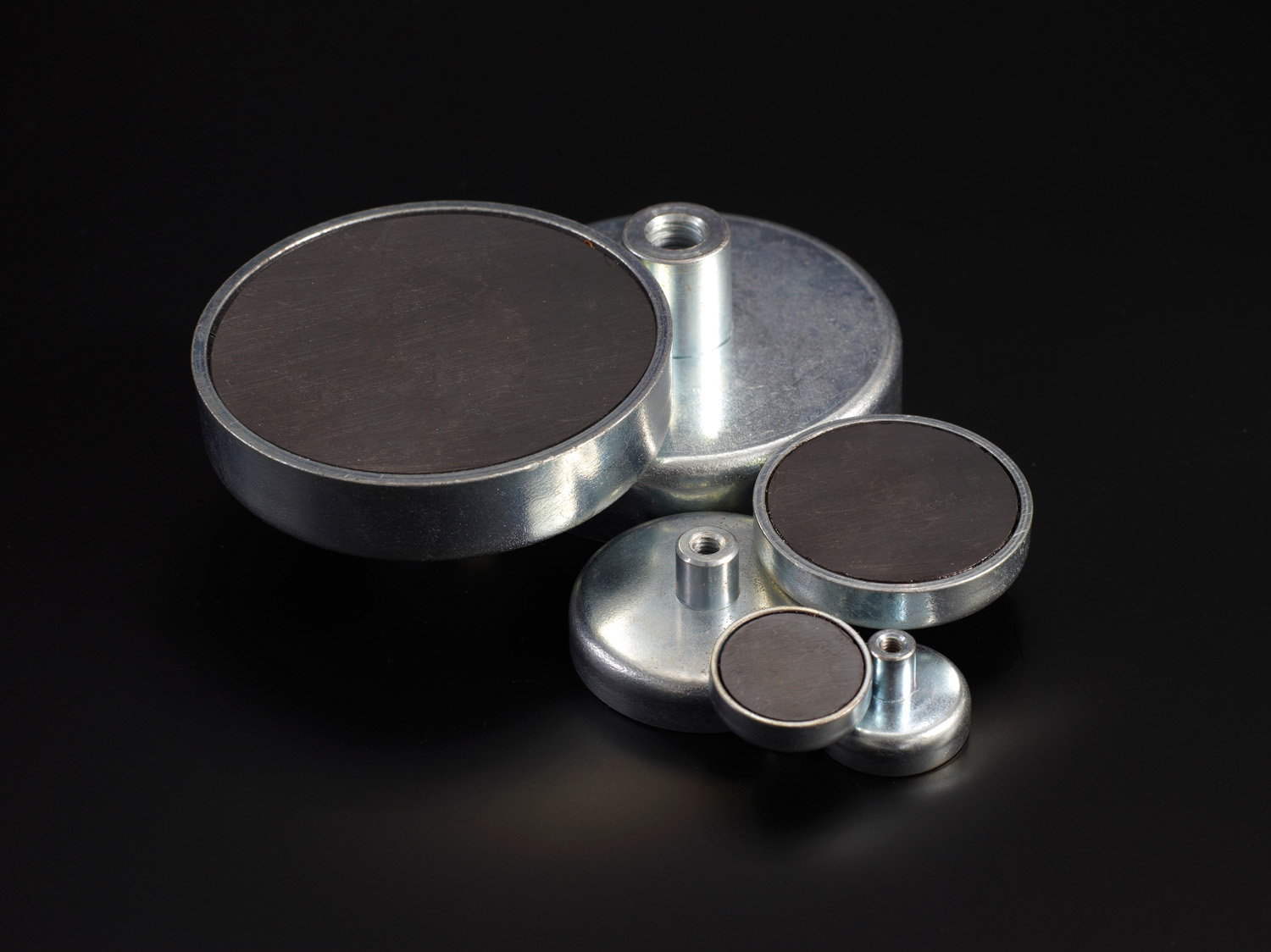Is it possible to cut ferrite magnets without losing magnetism?
We can cut ferrite magnets without losing the magnetism
Is it possible to cut ferrite magnets without losing magnetism? The use of magnets is very wide, with many and varied applications, however, questions arise such as that at the beginning of this article, either for an important reason, or just curiosity.
Cutting, drilling or welding activities can give rise to the wish to cut ferrite magnets. While this is possible under ideal circumstances, it is extremely difficult to perform correctly. If one is not careful, a powerful magnet will rapidly implode, or lose its magnetic field. That is why, generally, it is better to acquire a personalized magnet instead of modifying a production magnet yourself.
However, ferrite magnets can be modified. Drilling into ferrite magnets is possible, but care must be taken; ferrite is fragile, so sudden hits to the magnet and improper handling can cause it to break quickly.
Yes, it is possible to cut ferrite magnets
As mentioned, it is often unadvisable to cut ferrite magnets, because the possibility of losing magnetism is high. In fact, both the neodymium and ferrite magnets are worked, cut or drilled before their magnetization. If ferrite and neodymium magnets must be drilled or cut, suitable diamond tools should be used, as well as having a system that allows us to cool with water every so often.
Cutting is carried out in this way because ferrite is a brittle material, so it is not advisable to work on them with common tools such as the drill, as it can overheat and generate a large amount of dust that is highly flammable. In fact, doing this, tends to demagnetize magnets.
How to cut ferrite magnets without losing the magnetism?
Fasten the magnet with a screw, to prevent it from moving and favor the conservation of its magnetic properties. Excessive vibrations give rise to a loss of magnetic electrons from the magnet, diminishing or losing its magnetic properties. By controlling vibration you avoid loss of magnetization.
You can cut the magnet with a saw, following the line of cut, but you can also use a diamond-plated cutter in a lathe and, once placed, press it in place. Next, start the device. While the lathe turns, place it on the mark you made on the magnet, pressing as you do so. Try not to put too much pressure on the lathe or you can bend the cutter.
You can also use a chisel on the line of cut that you have made on the magnet. Holding it with one hand and using a hammer you hit the top of the chisel. This can break the magnet in two if the cut fails. But remember that this will be your last option, since it has the greatest possibility of damaging the magnetic properties of the magnet, as we have indicated before. You can reduce or lose them in the process of cutting or drilling.
But, even if this technique is followed well, it is better that all modifications are made by someone with experience in modifying magnets, since this person will understand all the precautions that must be taken to succeed. Your best bet is to have a professional make custom modifications instead of experimenting yourself.









